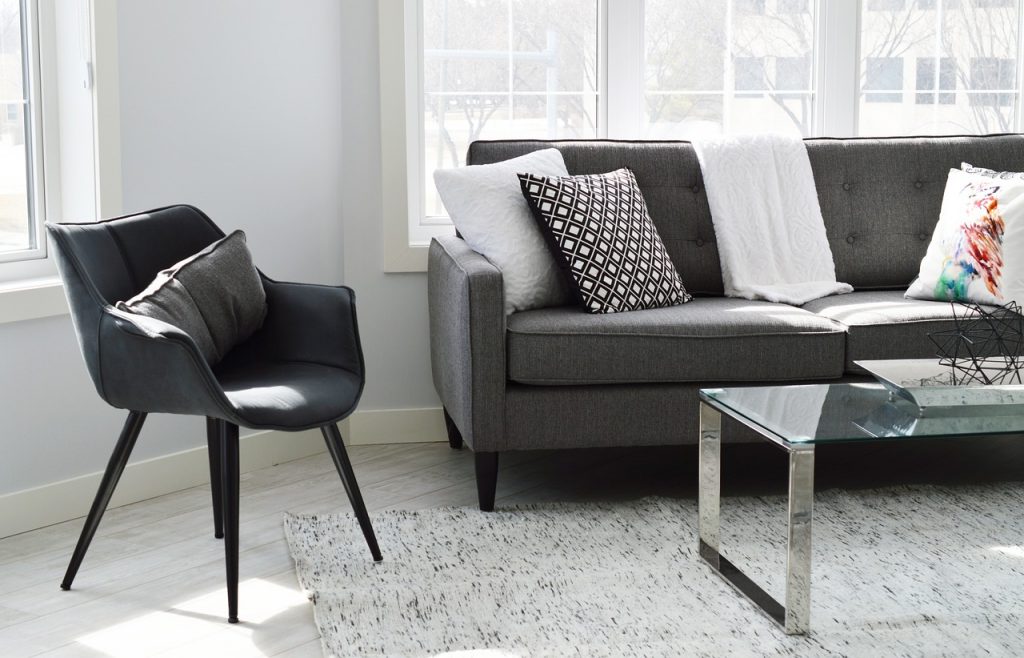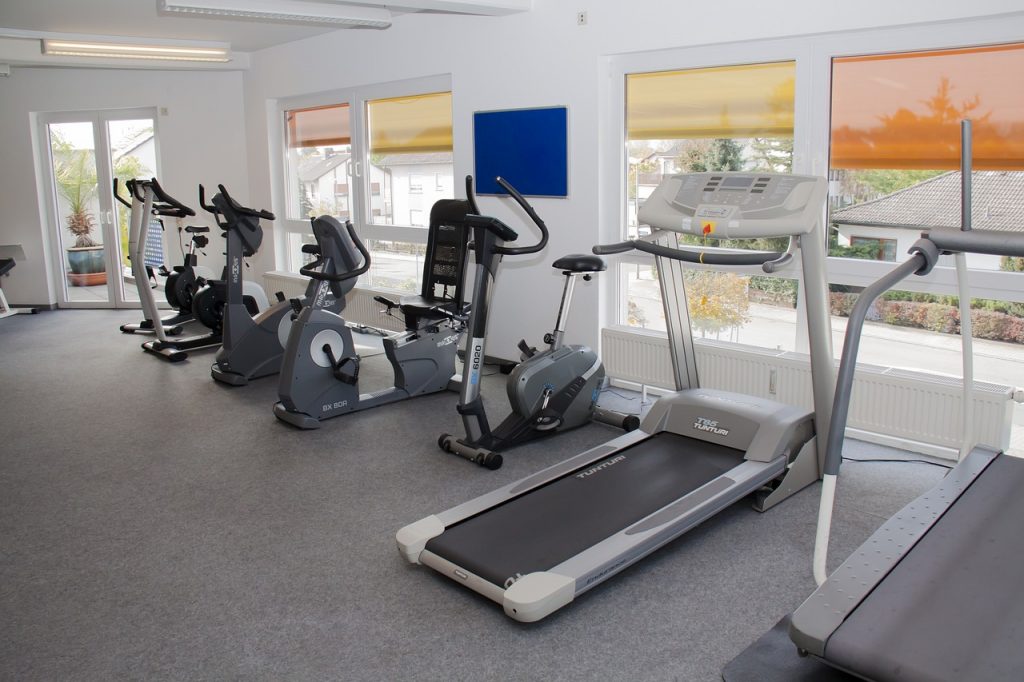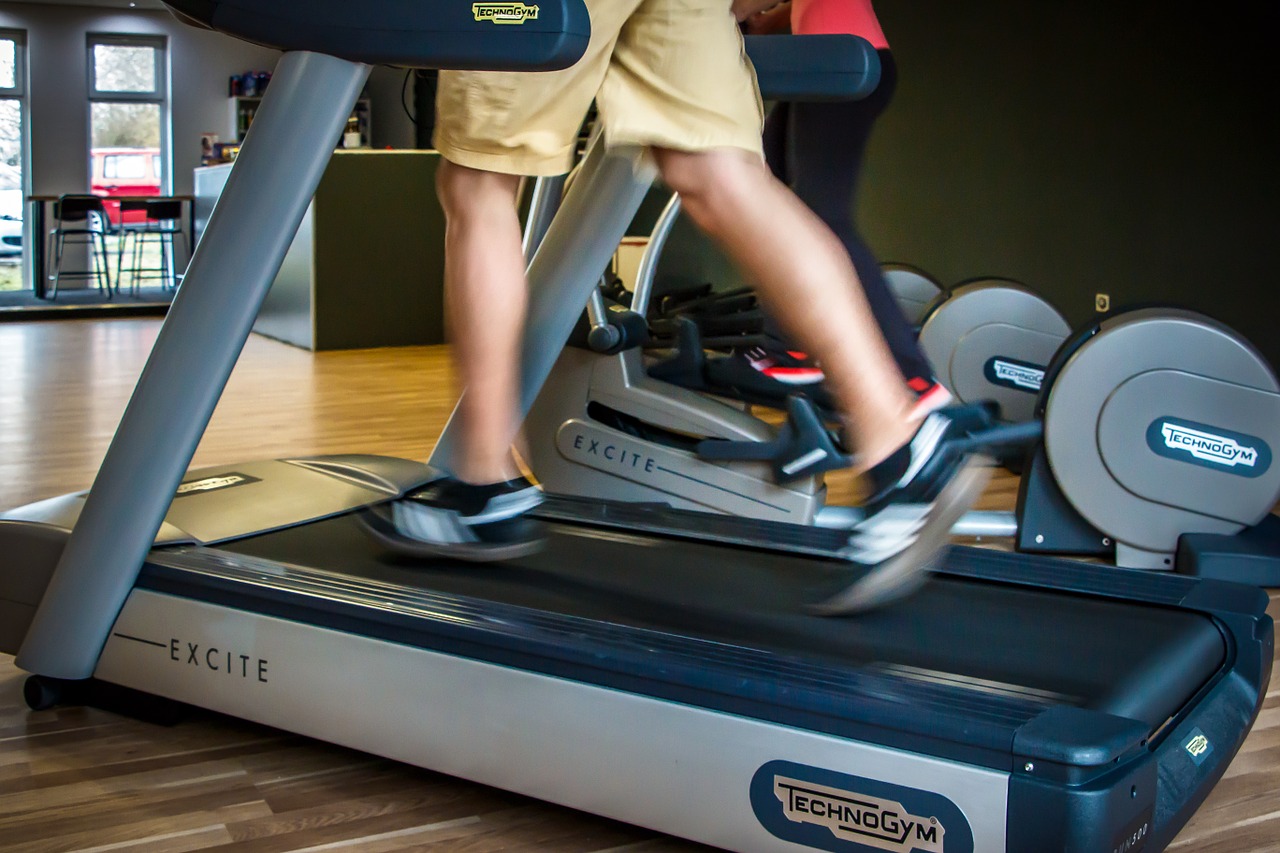Moving into your new home is very exciting, but there is a lot of preparation that goes hand in hand with moving to ensure that the process goes smoothly. Packing, moving costs, and organizing all of the little details can make this process stressful, but there are various steps that you can take to lessen the costs, stress, and more. Following are five long distance moving tips from Cheap Dallas Movers to help you prepare for your relocation.
1. Give Yourself a Time Buffer
When planning your move, leave some extra days around your move to account for any changes in your plan. Whether you decide to change movers, you realize you need more time to pack, or you encounter a weather issue, it is important to have a buffer to give yourself the extra time. This can also relieve a bit of the stress of cramming everything into a short period.

2. Consider all of Your Moving Options
There are a few ways you can execute a move, and the method you select depends on your preference and budget. If you have a large amount of items, hiring movers may be the best way to go. If you opt for this method, it is important to consider multiple movers and ask for quotes, check reputability, and seek out deals to find cheap long distance moving companies. You can also rent a moving truck, trailer, or van. This is commonly a bit cheaper, but you should be comfortable driving a larger vehicle. Lastly, if you have very few belongings and are on a tight budget, consider enlisting the help of friends and family.
3. Pack all Belongings Effectively
Before packing everything, go through all of your belongings and donate, sell, or throw out anything that you do not need or want. Pack things in organized boxes so that you don’t have many small, loose items. Label or mark boxes so that they can be identified. Effective packing will lower moving costs and make the move easier. In Texas, the weather varies highly between seasons, so consider vacuum packing clothing you don’t need at the moment.
4. Use Recycled Boxes and Packing Materials
Buying packing materials, such as bubble wrap, boxes, and packing paper can really add to the cost of moving. In the time leading up to your move, save newspaper, cardboard boxes, and other materials to cut down on this cost. Consider keeping the boxes you get for delivered packages, groceries, and more and ask friends to keep their extras for your use as well.

5. Avoid Moving During Peak Times
Moving during peak times costs more and can add to the stress of moving and finding movers to help you do so. According to moving professionals, the best time to move is early morning during the week in the middle of the month. Peak moving months run from May through early September, so moving outside of these dates can save money and avoid mayhem. It is also best to avoid moving on or around holidays.












